#George Melford
Text


Drácula (1931) - Spanish herald
#drácula#spanish dracula#lupita tovar#carlos villarías#1931#1930s horror#1930s movies#george melford#universal horror#classic horror#herald
105 notes
·
View notes
Photo
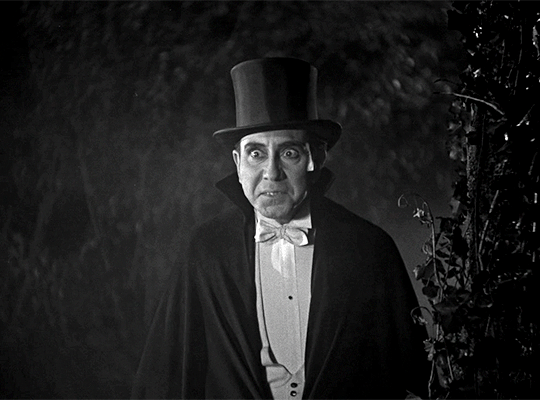
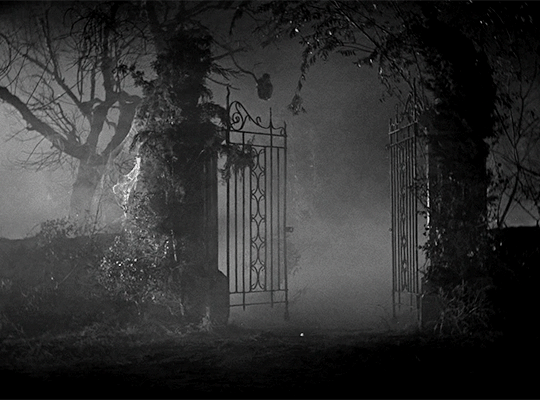

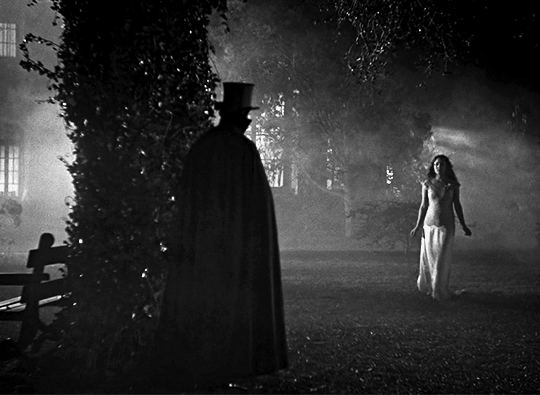

"Dracula was made as part of Hollywood studios' attempts to make films for foreign-language audiences. By 1930, Universal had focused primarily on developing Spanish-language films for the foreign market. Filming began on October 10, 1930 where it was shot on the same sets as Tod Browning's production of Dracula. Director Melford watched the footage of the same day and applied what he saw to film his own version."
Dracula [also known as 'Spanish Dracula'] (1931) Directed By: George Melford
#Dracula 1931#george melford#literature#Bram Stoker#filmgifs#classicfilmblr#classicfilmsource#userfish#userpavlova#userkraina#underbetelgeuse#tuserheidi#classichorrorblog#horroredit#userrobin#userxoames#moviegifs#ours#by natty
431 notes
·
View notes
Text
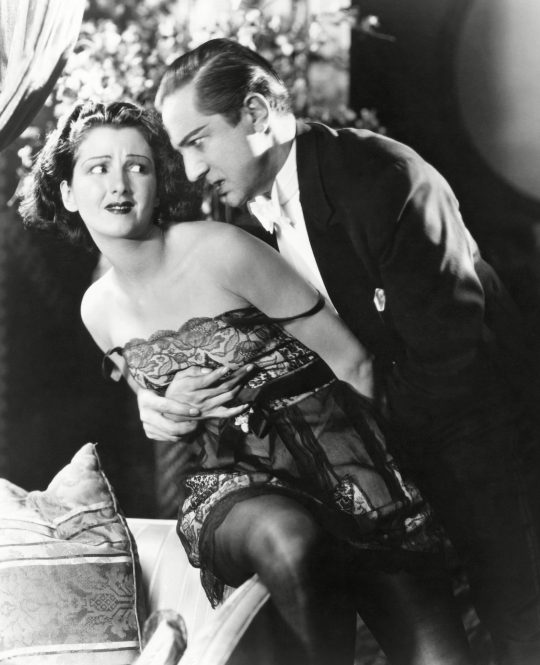
Lupita Tovar-Carlos Villarías "Drácula" 1931, de George Melford.
7 notes
·
View notes
Text
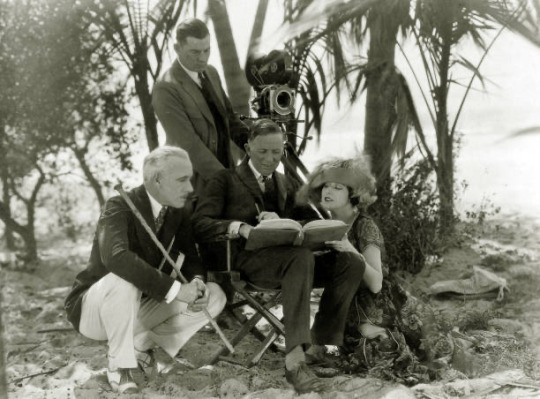
From Stage and Screen, Personalities: Director George Melford (seated) with Lewis Stone, Nita Naldi, and cameraman Charles Clarke during the making of YOU CAN’T FOOL YOUR WIFE (1923)
17 notes
·
View notes
Photo


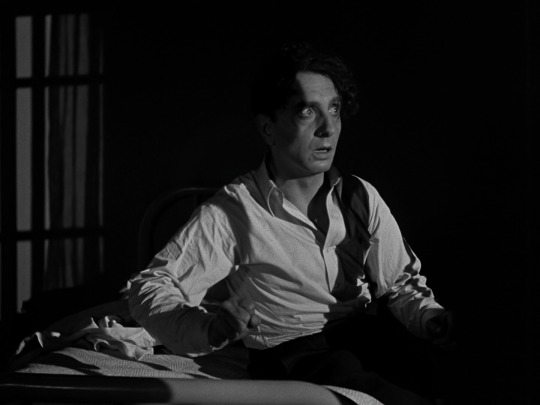


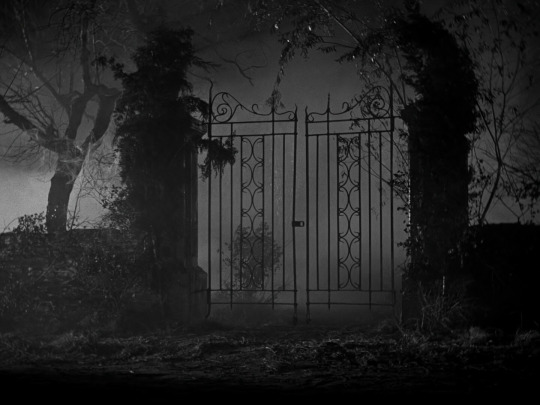
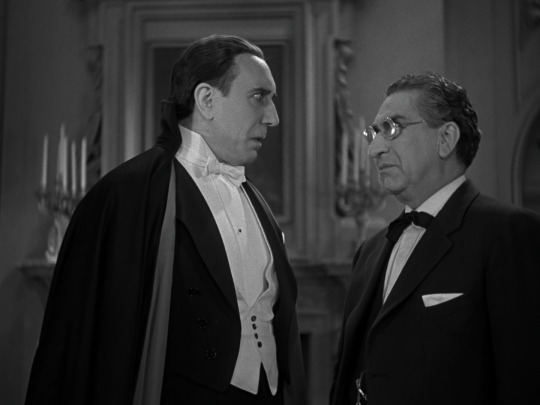
Drácula (1931) | dir. George Melford
#carlos villarías#pablo álvarez rubio#lupita tovar#eduardo arozamena#dracula 1931 (spanish version)#spanish dracula#dracula#renfield#eva seward#dr. van helsing#george melford#classic horror#universal horror#screencaps#my post
36 notes
·
View notes
Text
On April 4, 1931, the Spanish version of Dracula debuted in Mexico City.



#dracula#george melford#bram stoker#carlos villarias#horror movies#horror film#horror art#horror#gothic horror#national film registry#classic horror#vampire#vampire movies#movie art#art#drawing#movie history#pop art#modern art#pop surrealism#cult movies#portrait#cult film
3 notes
·
View notes
Text
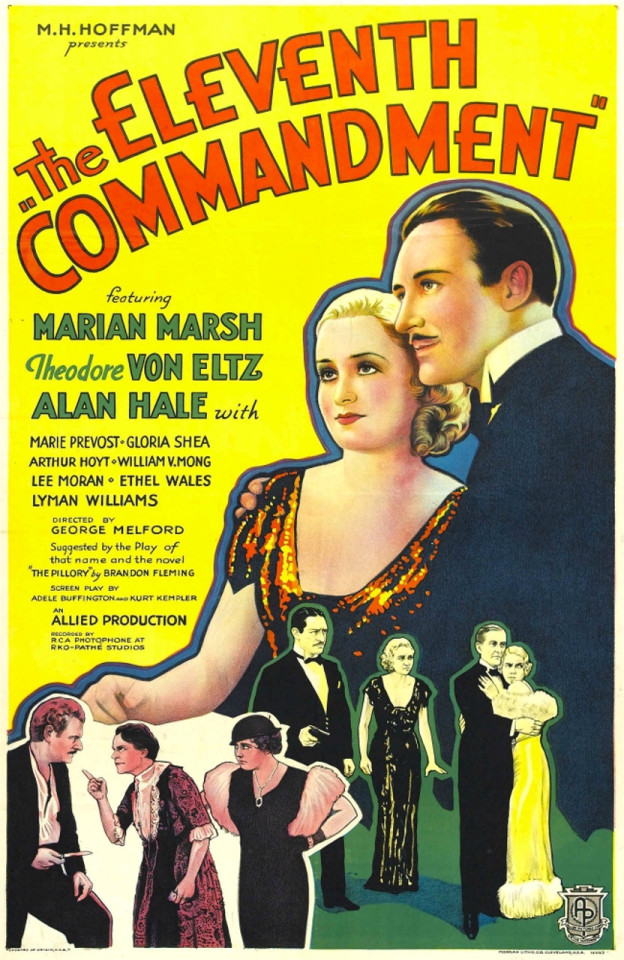
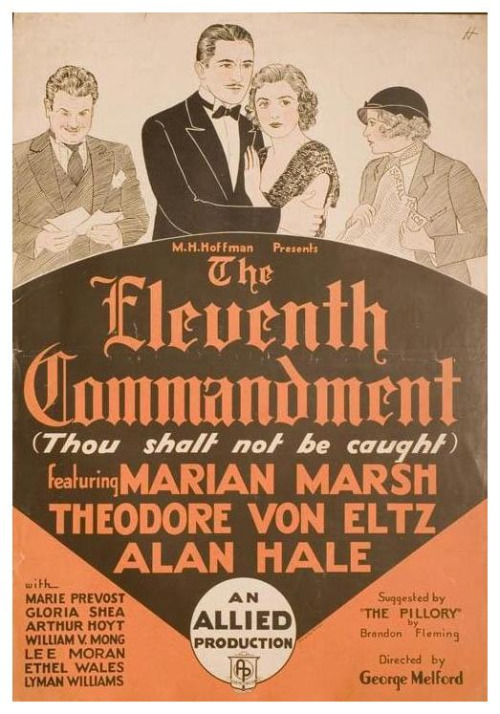
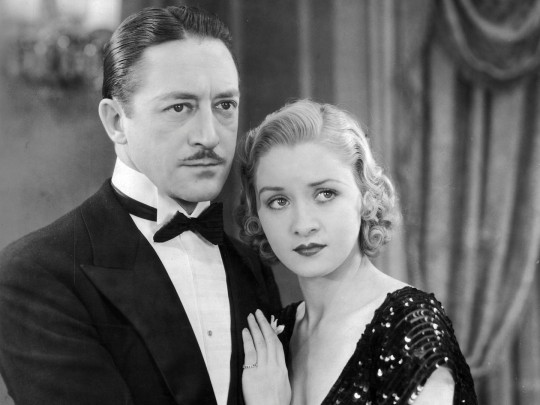
The Eleventh Commandment (1933) George Melford
December 2nd 2023
#the eleventh commandment#1933#george melford#marian marsh#theodore von eltz#marie prevost#alan hale#ethel wales#arthur hoyt#gloria shea#william v. mong#lee moran#pre-code
0 notes
Text

1 note
·
View note
Text
Two With Roscoe Arbuckle
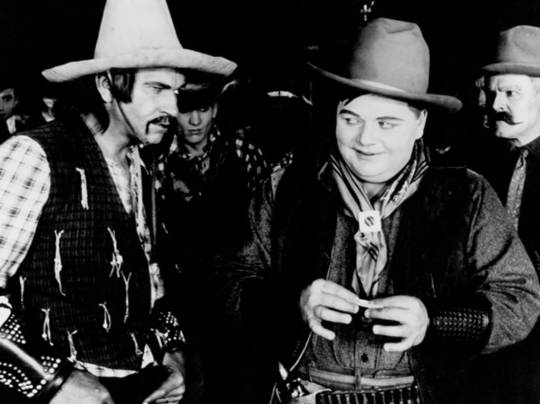
Wallace Beery and Roscoe "Fatty" Arbuckle in The Round-Up (George Melford, 1920)
Cast: Roscoe "Fatty" Arbuckle, Mabel Julienne Scott, Irving Cummings, Tom Forman, Jean Acker, A. Edward Sutherland, Wallace Beery. Screenplay: Edmund Day, Tom Forman. Cinematography: Paul P. Perry.
"Nobody loves a fat man" said the poster for Arbuckle's 1920 feature, which was meant to be wistfully ironic, since at the time, everybody loved "Fatty" Arbuckle (a nickname he hated). The irony went from wistful to bitter in a couple of years, when the scandal surrounding the death of Virginia Rappe turned Arbuckle into one of the country's most despised men, bringing his career to a halt. But when The Round-Up was made, Arbuckle was so popular that he received the featured billing for a film in which he was a supporting player, the comic relief in a somewhat routine Western. Arbuckle plays the sheriff in a small Arizona town, where he's much admired because he uses his dexterity, rather than his fists or guns, to disarm the bad guys. But he's painfully shy around women, which is why he loses the girl he loves (Jean Acker) to someone else. The main story revolves around a prospector (Irving Cummings) who is thought to be dead, so his girlfriend (Mabel Julienne Scott) marries someone else. Meanwhile, a lot of trouble gets stirred up by the "half-breed" Buck McKee (Wallace Beery). Things get sorted out eventually after a lot of chases and gunfights. Arbuckle and Beery are the best things in the movie, along with some location scenery handsomely photographed by Paul P. Perry.

The Life of the Party (Joseph Henabery, 1920)
Cast: Roscoe "Fatty" Arbuckle, Winifred Greenwood, Roscoe Karns, Julia Faye, Viora Daniel, Frank Campeau. Screenplay: Irvin S. Cobb, Walter Woods. Cinematography: Karl Brown.
As a knockabout comedy more in the Arbuckle mainstream, The Life of the Party seems designed largely to provide him with an opportunity to dress up in children's party clothes. The plot has to do with a women's group who are out to bust up a trust that fixes the price of milk. Arbuckle plays Algernon Leary, an unscrupulous lawyer who is at first willing to go along with the trust, but is converted to their side by a pretty young member of the group (Viora Daniel). She also happens to be engaged to a judge (Frank Campeau) who, unknown to her, is in the pockets of the milk trust. This leads to much farcical running around, especially after the women's group decides to throw a fundraising party to which everyone is expected to come dressed as babies. It all goes on too long. The cast includes Roscoe Karns, an actor who didn't really come into his own until sound arrived, giving him the chance to reel off snappy patter for Howard Hawks in Twentieth Century (1934) and His Girl Friday (1940).
#The Round-Up#The Life of the Party#George Melford#Joseph Henabery#Roscoe “Fatty” Arbuckle#Wallace Beery
1 note
·
View note
Text

Dracula (1931, George Melford, USA)
0 notes
Text

Eduardo Arozamena and Carlos Villarías in Drácula (1931).
#drácula#carlos villarías#eduardo arozamena#1931#1930s movies#george melford#universal horror#classic horror
37 notes
·
View notes
Text
Drácula (1931)
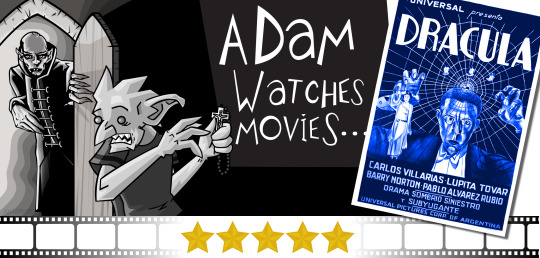
In the early days of talkies, some films were shot more than once to appeal to foreign markets. The sets, props, and story were the same, but different actors used a translated script. Filmed at night on the same sets as its more famous English counterpart, George Melford’s take on Dracula deserves your attention. While it might be missing that iconic performance by Bela Lugosi, it's a masterpiece of black-and-white horror.
Based on the 1924 stage play by Hamilton Deana and John L. Balderson, itself based on the novel by Bram Stoker, the titular Count Dracula (Carlos Villarías) is - unknown to the solicitor who visits his derelict Transylvanian castle - a vampire. Aided by the now-ensorcelled Renfield (Pablo Álvarez Rubio), Drácula travels to London. There, he sets his eyes on Eva Seward (Lupita Tovar). With the help of Professor Van Helsing (Eduardo Arozamena), Mina's fiancé Juan Harker (Barry Norton) and father (José Soriano Viosca) prepare to battle the creature of the night.
If you own any release of Tod Browning’s Dracula, you probably own this film too - packaged as a bonus feature. This "extra" is good enough to be the main course. Compared to its English predecessor, it runs significantly longer (104 minutes versus 85). This allows for more detail and character development. If you were bothered by the loose ends left unanswered in the English film, you'll be happy to see them addressed here.
Drácula excels at creating an atmosphere of permeating horror. While it may not be "frightening" by modern standards, it still mesmerizes. Pablo Alvarez is excellent as the lunatic Renfield. His maniacal gibbering is unsettling, particularly when he loses control while his master preys upon the people of London. Also strong is the leading lady, Lupita Tovar. Towards the conclusion, she undergoes a transformation that isn’t necessarily "scary" but takes you aback.
Now, the big question. How does Carlos Villar fare as the Count? This is where he, and I, are at a disadvantage. No one could re-create the performance by Lugosi, whose stilted, but magnetic performance has become synonymous with the word "vampire". So no, Villar is not going to supplant the role. He’s still excellent. This is a different type of villain. Count Drácula smiles from ear to ear, like a little kid who just tricked his parents into buying him a new toy. He’s so giddy at the thought of murder his face imprints itself into your mind. When he isn’t luring flies into his spider web, Villar also plays the dramatic part convincingly. His confrontation with Professor Van Helsing (a role that allows Eduardo Arozamena to shine) is as captivating as the first time you saw it.
I sometimes give older films a break when discussing the performances. Sound was a new thing. Actors were accustomed to pantomiming to convey their characters' emotions. There’s no need to judge these performances as “from that time”. They’re simply great. This Dracula uses a tried-and-true story but benefits from better lighting, better camera angles, more details about the aftermath of the characters' actions, and better pacing. Unsurprising, as George Melford watched the dailies of the Browning film before starting his cameras. The Spanish Dracula is one of the most pleasant surprises I’ve experienced in a long time. I'm as excited as I was the first time I saw Bride of Frankenstein.
Is Drácula better than the English version? I won't go that far. It's the second half we didn't even know was missing. My recommendation? Set aside some extra time and watch both pictures together. That way, you get the complete picture, a rather spectacular one. (Original Spanish version on Blu-ray, June 23, 2017)

#Dracula#movies#films#Movie Reviews Film Reviews#Horror Movies#Horror Films#George Melford#Garrett Fort#Balthasar Fernandez Cue#Carlos Villarias#Lupita Tovar#Barry Norton#Eduardo Arozamena#1931 movies#1931 films
1 note
·
View note
Text

Charles Starrett-Louise Huntington "The viking" 1931, de Varick Frissell, George Melford.
3 notes
·
View notes
Text
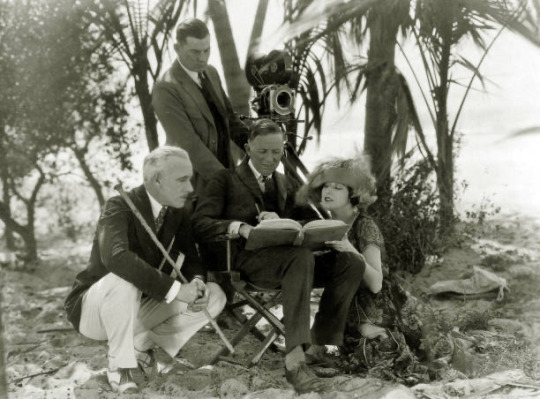
Director George Melford (seated) with Lewis Stone, Nita Naldi, and cameraman Charles Clarke on set of YOU CAN’T FOOL YOUR WIFE (1923)
5 notes
·
View notes
Text
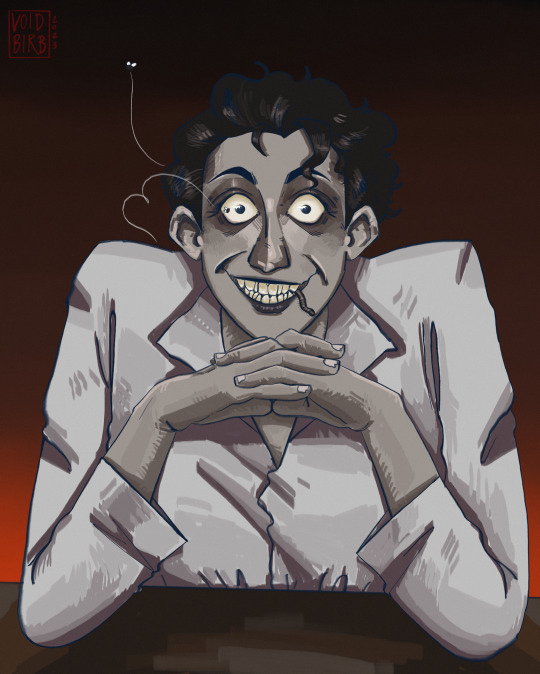
Dracula?...I have never even heard the name before...

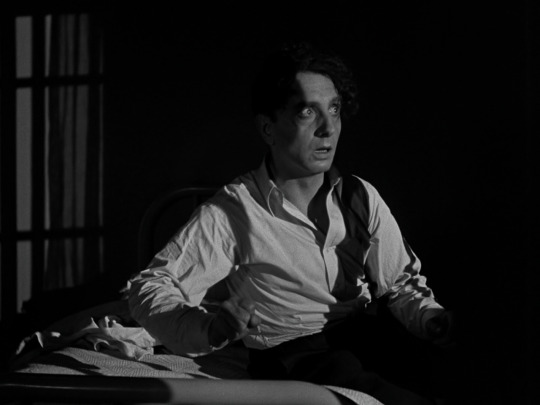
Anyway I adore "Spanish" Dracula and Pablo Álvarez Rubio's Renfield, click for better quality
#dracula#dracula daily#renfield#pablo alvarez rubio renfield#pablo alvarez rubio#spanish dracula#dracula 1931#george melford dracula#r.m. renfield#rm renfield#drácula#drácula 1931#void art
588 notes
·
View notes
Text
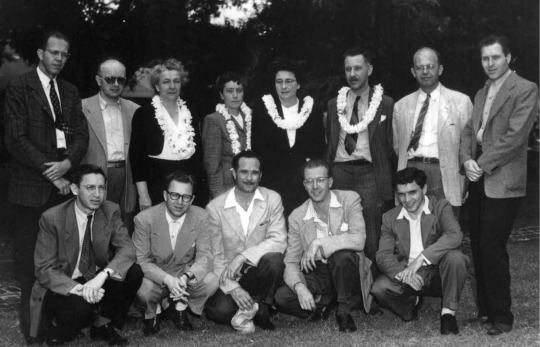
"Coordinated Investigation of Micronesian Anthroplogy (CIMA) team in Honolulu en route to Micronesia, 1947. CIMA was funded mainly by the U.S. Navy.
Front row, left to right: Saul Riesenberg, Melford Spiro, William Lessa, Rupert Murrill, Ward Goodenough.
Back row, left to right: Frank LeBar, Raymond Murphy, Alicia Joseph, unknown woman, Veronica Murray, George P. Murdock, Joseph Weckler, Conrad Bentzen."
Via the NAS obit of Spiro
#Saul Riesenberg#Melford Spiro#William Lessa#Rupert Murrill#Ward Goodenough#Frank LeBar#Raymond Murphy#Alicia Joseph#Veronica Murray#George P. Murdock#Joseph Weckler#Conrad Bentzen#anthropology#micronesia#group portrait
3 notes
·
View notes